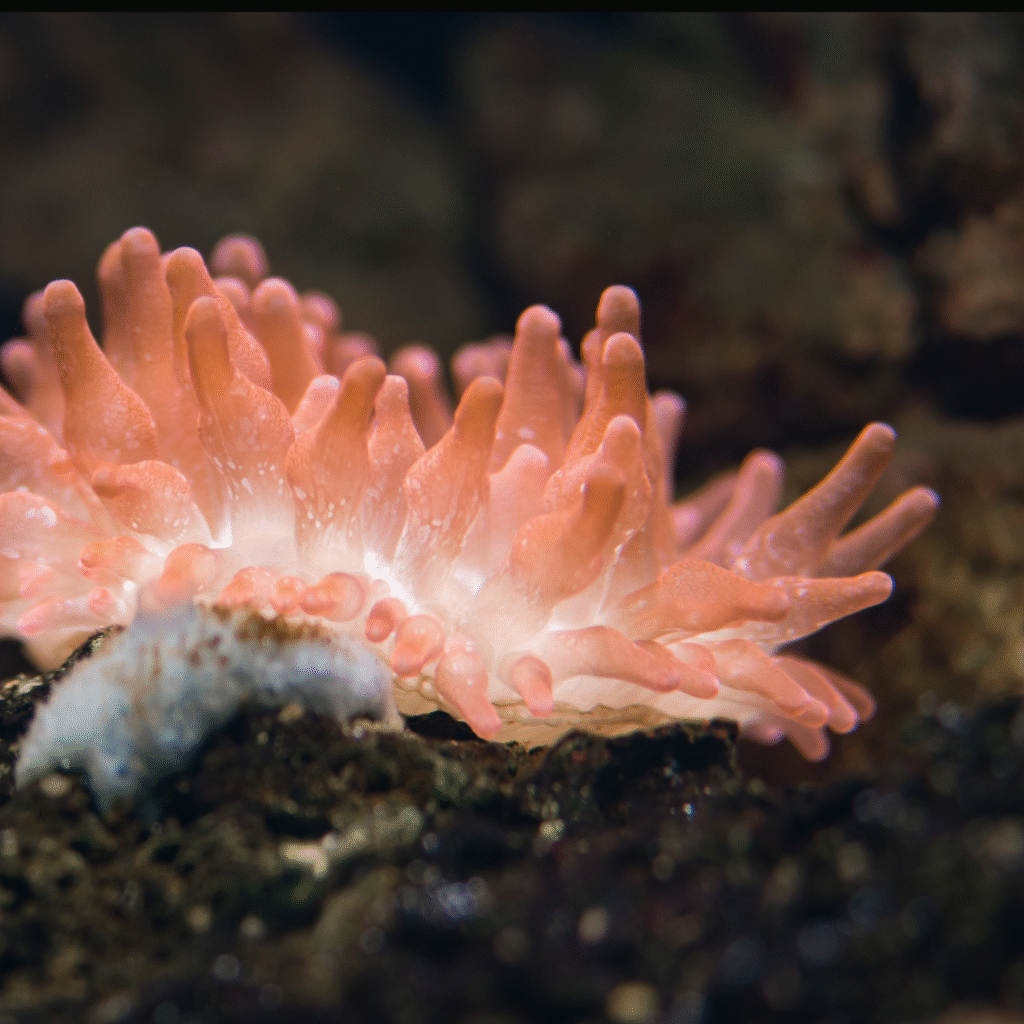
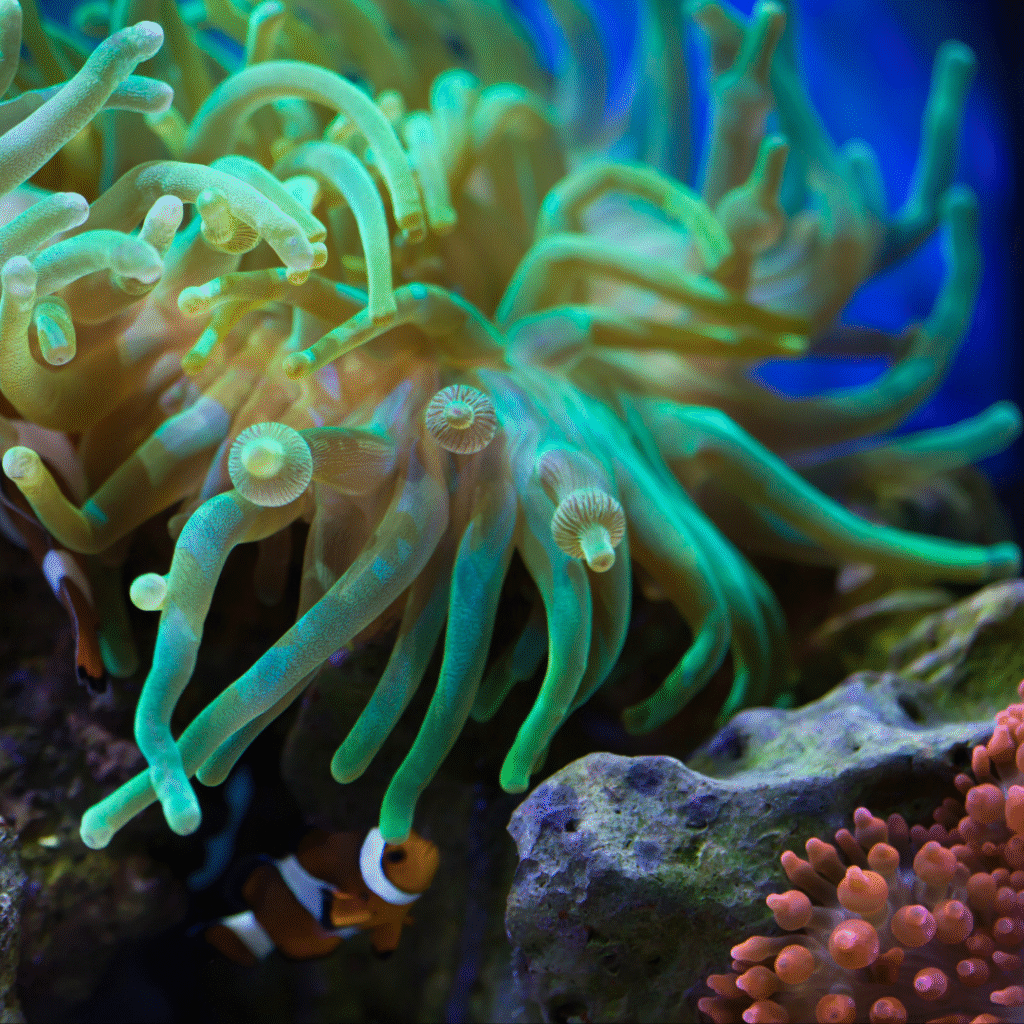
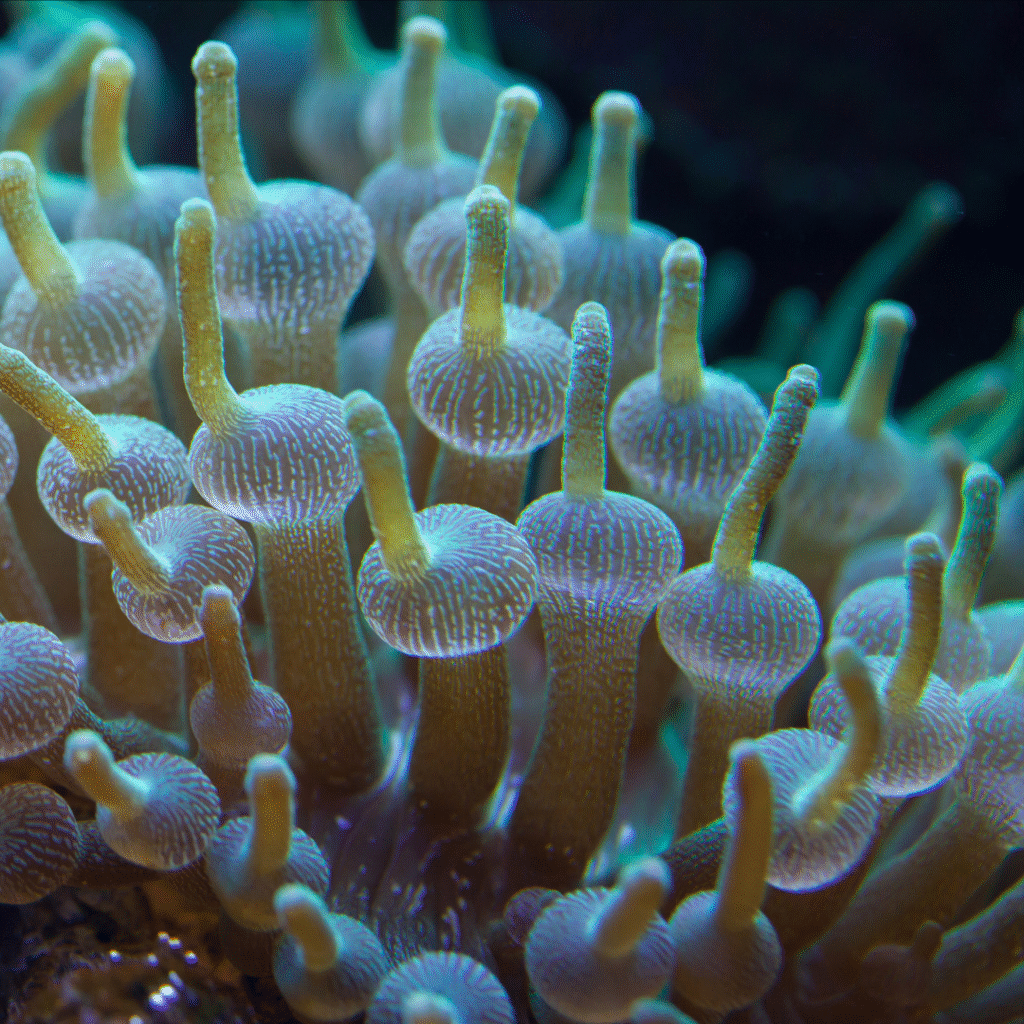
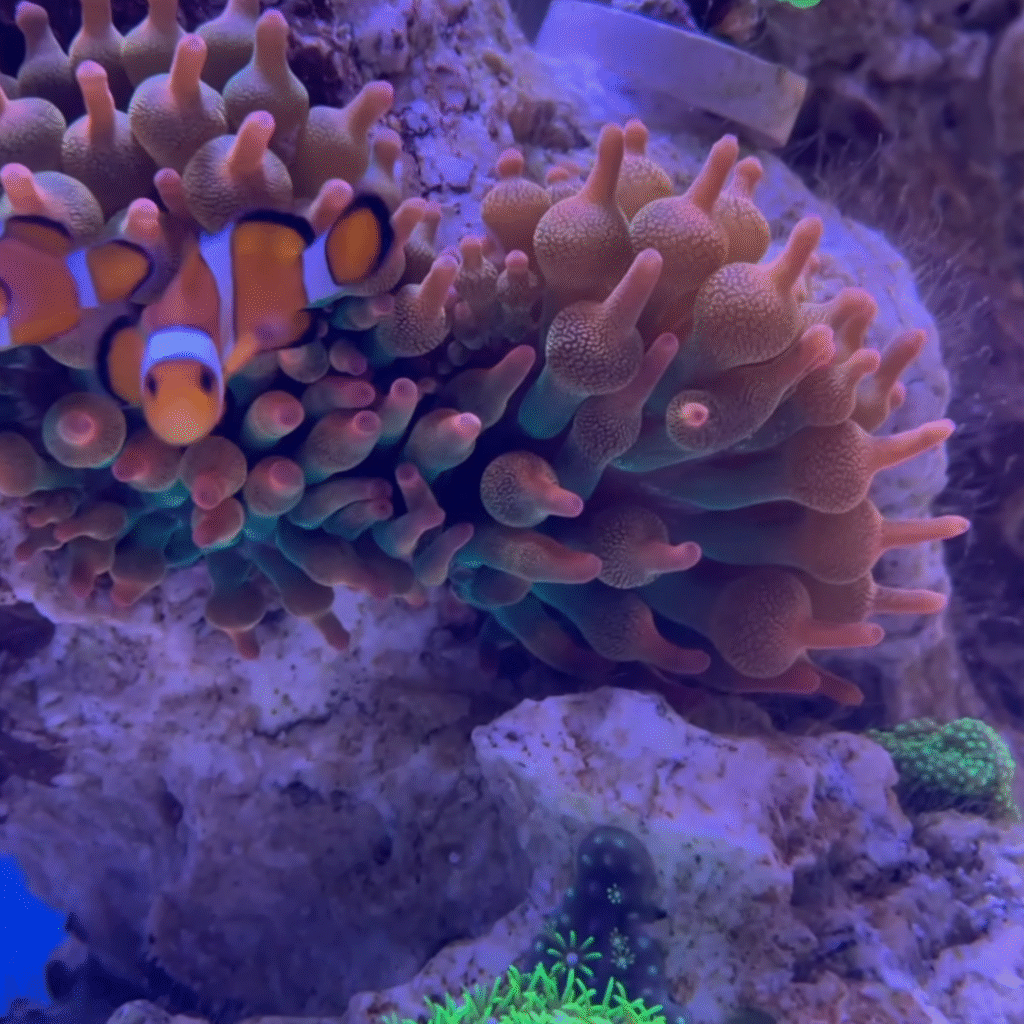
解説 / Description
サンゴイソギンチャクは、クマノミが共生する姿で広く知られる、海水アクアリウムで最も象徴的なイソギンチャクの一つです。鮮やかな緑色や赤色など多彩なカラーバリエーションを持ち、環境によって触手の先端が丸く膨らむ「タマイタダキイソギンチャク」の姿になることでも人気があります。体内の褐虫藻による光合成でエネルギーを得ており、飼育には強い照明と安定した水質が不可欠です。 The Bubble-tip anemone is one of the most iconic anemones in marine aquariums, widely known for its symbiotic relationship with clownfish. It boasts various color variations, such as vibrant green and red, and is also popular for its appearance as the “Bubble-tip” form, where the tentacle tips swell into bulbs depending on the environment. It derives energy from the photosynthesis of its internal zooxanthellae, making strong lighting and stable water quality essential for its care.
基本情報 / Basic Information
| 学名 / Scientific Name | Entacmaea quadricolor |
|---|---|
| 通称 / Common Name | タマイタダキイソギンチャクBubble-tip anemone (BTA) |
| 分類 / Family | ウメボシイソギンチャク科Actiniidae |
| 英名 / English Name | Bubble-tip anemone |
| 分布 / Distribution | インド太平洋の熱帯・亜熱帯海域。西は紅海から東はミクロネシア、北は日本(房総半島以南)まで広く分布します。Widely distributed in the tropical and subtropical Indo-Pacific, from the Red Sea in the west to Micronesia in the east, and north to Japan (south of the Boso Peninsula). |
| 最大体長 / Max Size | 口盤の直径 約30cm〜40cm。生息環境によって異なり、浅場で群体を形成する個体は小さく、深場で単独生活する個体は大きくなる傾向があります。Oral disc diameter approx. 30cm to 40cm. Size varies by habitat; individuals in shallow-water colonies tend to be smaller, while solitary individuals in deeper water grow larger. |
| 寿命 / Lifespan | 非常に長く、適切な環境下では数十年生きることもあります。飼育下でも10年以上の長期飼育例は珍しくありません。Very long; can live for several decades under appropriate conditions. Long-term captive lifespans of over 10 years are not uncommon. |
飼育環境 / Aquarium Environment
| 水槽サイズ / Tank Size | 最低でも120L(例: 60cmワイド水槽や90cm規格水槽)以上を推奨します。水質が安定した「成熟した」水槽(セットアップから最低6ヶ月以上経過)への導入が絶対条件です。A minimum of 120L (e.g., 24-inch wide or 36-inch standard tank) is recommended. Introduction into a “mature” tank with stable water quality (at least 6 months post-setup) is essential. |
|---|---|
| 水温 / Temperature | 24〜28℃ (28℃を超える高水温は白化の危険があるため厳禁です) |
| 水質 / Water Quality | pH 8.1-8.4, アルカリ度 8-12 dKH, 塩分比重 1.023-1.025。急激な変動を避け、常に安定させることが最も重要です。pH 8.1-8.4, Alkalinity 8-12 dKH, Salinity (SG) 1.023-1.025. Keeping these parameters stable without sudden fluctuations is most important. |
| レイアウト / Layout | 足盤を固着させるための、ライブロックの深い割れ目や隙間を必ず用意してください。安心して隠れられる場所がないと、水槽内を移動し続けます。Deep crevices or gaps in the live rock must be provided for the anemone to attach its foot. Without a secure place to hide, it will continue to wander the tank. |
| 注意点 / Precautions | イソギンチャクが水流ポンプやオーバーフローのストレーナーに吸い込まれる事故は、致命的です。必ず専用ガードやスポンジなどで吸水口を保護してください。Accidents where the anemone gets sucked into powerheads or overflow strainers are fatal. Always protect intakes with dedicated guards or sponges. |
餌と給餌 / Feeding
| 餌の種類 / Diet | 主なエネルギー源は体内の褐虫藻による光合成です。補助的に、アサリの剥き身、クリル、冷凍シュリンプ、魚の切り身などの動物性の餌を少量与えると、成長や色彩維持に効果的です。The primary energy source is photosynthesis by internal zooxanthellae. Supplemental feeding with small amounts of meaty foods like clam meat, krill, frozen shrimp, or fish pieces is beneficial for growth and color. |
|---|---|
| 給餌のポイント / Feeding Tips | 週に1〜3回が目安です。クマノミが共生している場合、クマノミの食べ残しや排泄物が栄養源となるため、飼育者が直接給餌する必要性は下がります。過剰な給餌は水質悪化を招くため注意してください。Frequency should be about 1-3 times per week. If clownfish are present, their leftovers and waste provide nutrients, reducing the need for direct feeding. Avoid overfeeding, as it can pollute the water. |
性格と混泳 / Temperament and Tank Mates
| 性格 / Temperament | 刺胞動物であり、触手には強い毒があります。移動する可能性があるため、他のサンゴと接触するとサンゴがダメージを受けてしまいます。配置には十分なスペースを確保してください。As a cnidarian, its tentacles have a potent sting. It can move, so ensure enough space to prevent it from damaging other corals upon contact. |
|---|---|
| 混泳の相性 / Compatibility | クマノミとの共生が可能です。特にハマクマノミやクマノミ(*A. clarkii*)とは自然界でも共生します。カクレクマノミも水槽内で共生することが多いです。イソギンチャクを捕食するチョウチョウウオ類との混泳はできません。Compatible with clownfish. Natural symbionts include the Tomato Clownfish (*A. frenatus*) and Clark’s Clownfish (*A. clarkii*). Ocellaris Clownfish also frequently host in aquariums. Not compatible with butterflyfish that prey on anemones. |
病気と対策 / Diseases and Prevention
| かかりやすい病気 / Common Diseases | 「白化(Bleaching)」が最も一般的で深刻な問題です。高水温(28℃超)、急激な照明の変化、水質悪化などの強いストレスにより、体内の褐虫藻を放出してしまう現象です。“Bleaching” is the most common and serious issue. This is when the anemone expels its zooxanthellae due to strong stress, such as high temperatures (over 28°C), sudden lighting changes, or poor water quality. |
|---|---|
| 対策と予防 / Prevention | 高水温を絶対に避けること(水槽用クーラーの設置を推奨)。水質と照明を安定させ、急激な変化を与えないことが最良の予防です。白化の兆候が見られたら、まず水温と水質を確認し、環境を安定させ回復を待ちます。Absolutely prevent high temperatures (a chiller is recommended). The best prevention is to maintain stable water quality and lighting, avoiding sudden changes. If bleaching occurs, check temperature and water parameters immediately, stabilize the environment, and wait for recovery. |
増やし方(繁殖) / Breeding
| 繁殖形態 / Reproduction | 無性生殖(分裂)。飼育環境下で、体が縦に二つに裂けて増える「分裂」がよく見られます。Asexual reproduction (fission). “Splitting,” where the anemone divides longitudinally into two, is common in captive environments. |
|---|---|
| 繁殖のポイント / Breeding Tips | 分裂は、環境が良い時にも、ストレスが引き金になる時にも起こると言われています。分裂直後の個体はデリケートなため、水質を清浄に保ち、回復を見守ることが重要です。Splitting is said to occur both in good conditions and as a stress response. Newly split individuals are delicate, so maintaining pristine water quality is crucial for their recovery. |
雑学と豆知識 / Trivia and Fun Facts
| 雑学・豆知識 / Trivia & Fun Facts | 本種をめぐる最大のトピックは、「タマイタダキイソギンチャク」と「サンゴイソギンチャク」は別種なのか、という長年の疑問です。
結論から言うと、これらはすべて同一種 Entacmaea quadricolor です。 かつては、触手の先端が丸く膨らむタイプを「タマイタダキイソギンチャク (E. ramsayi)」、細長いストリーミング状のタイプを「サンゴイソギンチャク (E. actinostoloides)」として、異なる学名が用いられ、別種として扱われていた歴史があります。現在でも、その当時の分類や流通名が名残として市場に強く残っており、多くのショップやアクアリストが、その見た目の違いから両者を区別して扱っているのが実情です。 しかし、近年のゲノム解析(遺伝子解析)といった科学技術の進歩により、見た目が全く異なるこれらのイソギンチャクの遺伝子が比較されました。その結果、両者には種を分けるほどの違いはなく、遺伝的に同一種(Entacmaea quadricolor)であることが決定的に証明されました。これが現在の国際的なコンセンサスとなっています。 したがって、水槽内で「タマイタダキ」のバブルが消えて細長い触手になったとしても、それは別種に変わったわけでも、必ずしも不調のサインというわけでもなく、イソギンチャクが現在の環境に適応しようとしている結果(例えば、光や餌を求めて表面積を増やそうとしているなど)である可能性が高いのです。この背景を知ることは、本種の飼育において非常に重要と言えるでしょう。The biggest topic surrounding this species is the long-standing question: Are the “Bubble-tip” and “Long Tentacle” anemones different species? The conclusion is: they are all the same species, Entacmaea quadricolor. Historically, they were treated as different species with different scientific names: the bulbous-tipped type as E. ramsayi and the long, stringy tentacle type as E. actinostoloides. Remnants of this old classification and these trade names still persist strongly in the market, leading many shops and aquarists to treat them as distinct based on appearance. However, advances in science, particularly genetic analysis (genome analysis), have allowed for the comparison of DNA from these different-looking anemones. The results have definitively proven that there is no significant genetic difference to classify them as separate species; they are genetically the same species, Entacmaea quadricolor. This is the current international consensus. Therefore, if a “Bubble-tip” anemone loses its bubbles and develops long tentacles in an aquarium, it has not changed species, nor is it necessarily a sign of poor health. It is likely the anemone adapting to its current environment (e.g., trying to increase surface area for light or to catch food). Understanding this background is crucial for successfully keeping this species. |
|---|
まとめ / Conclusion
サンゴイソギンチャクは、クマノミとの共生という、アクアリウムの醍醐味とも言える素晴らしい光景を提供してくれます。その美しさを維持するためには、安定した環境が何よりも大切です。 The Bubble-tip anemone offers one of the greatest joys of the aquarium hobby: the sight of clownfish symbiosis. To maintain its beauty, a stable environment is paramount.
特に、成熟した水槽、適切な照明、そして高水温の回避が長期飼育の鍵となります。そして、ポンプへの吸い込み事故だけは起こらないよう、設置時に必ず対策をしてください。ブリード個体(水槽内繁殖個体)も流通しており、環境への適応力が高いため導入におすすめです。 A mature tank, proper lighting, and avoidance of high temperatures are the keys to long-term success. Above all, take preventive measures during setup to avoid accidents with pumps. Captive-bred (aquacultured) individuals are available and highly recommended, as they are better adapted to the aquarium environment.
▶ 記事の生体をAMAZONで買う ▶ 記事の生体をYahooで買う

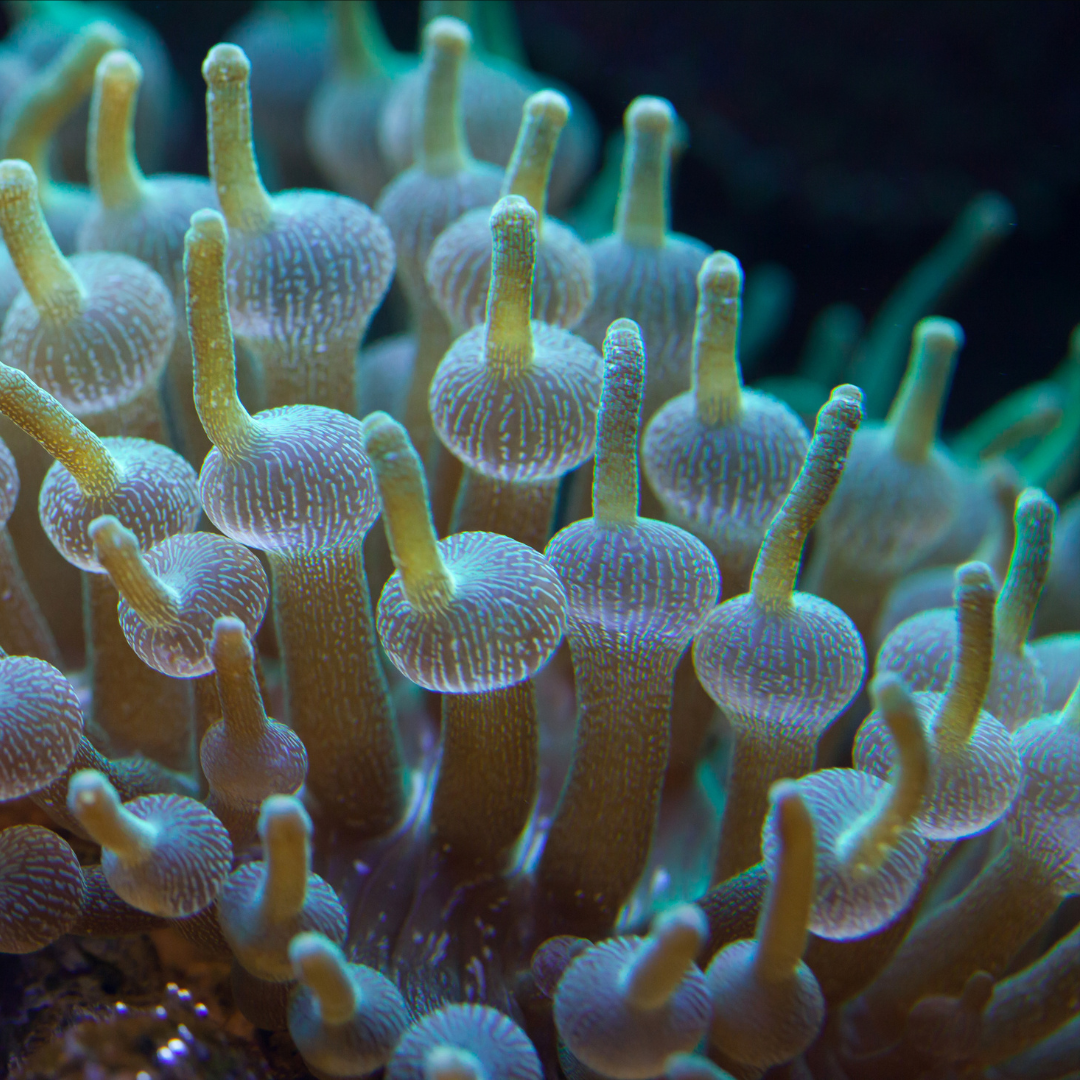





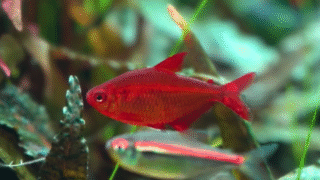
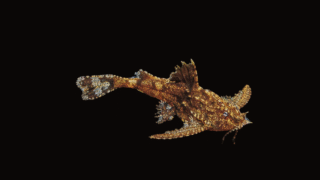
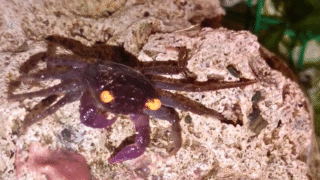
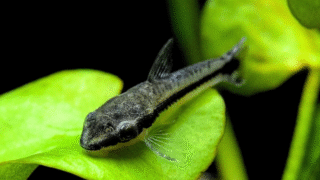
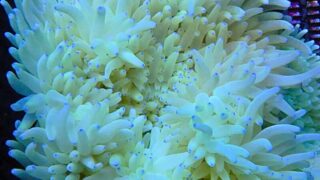
コメント